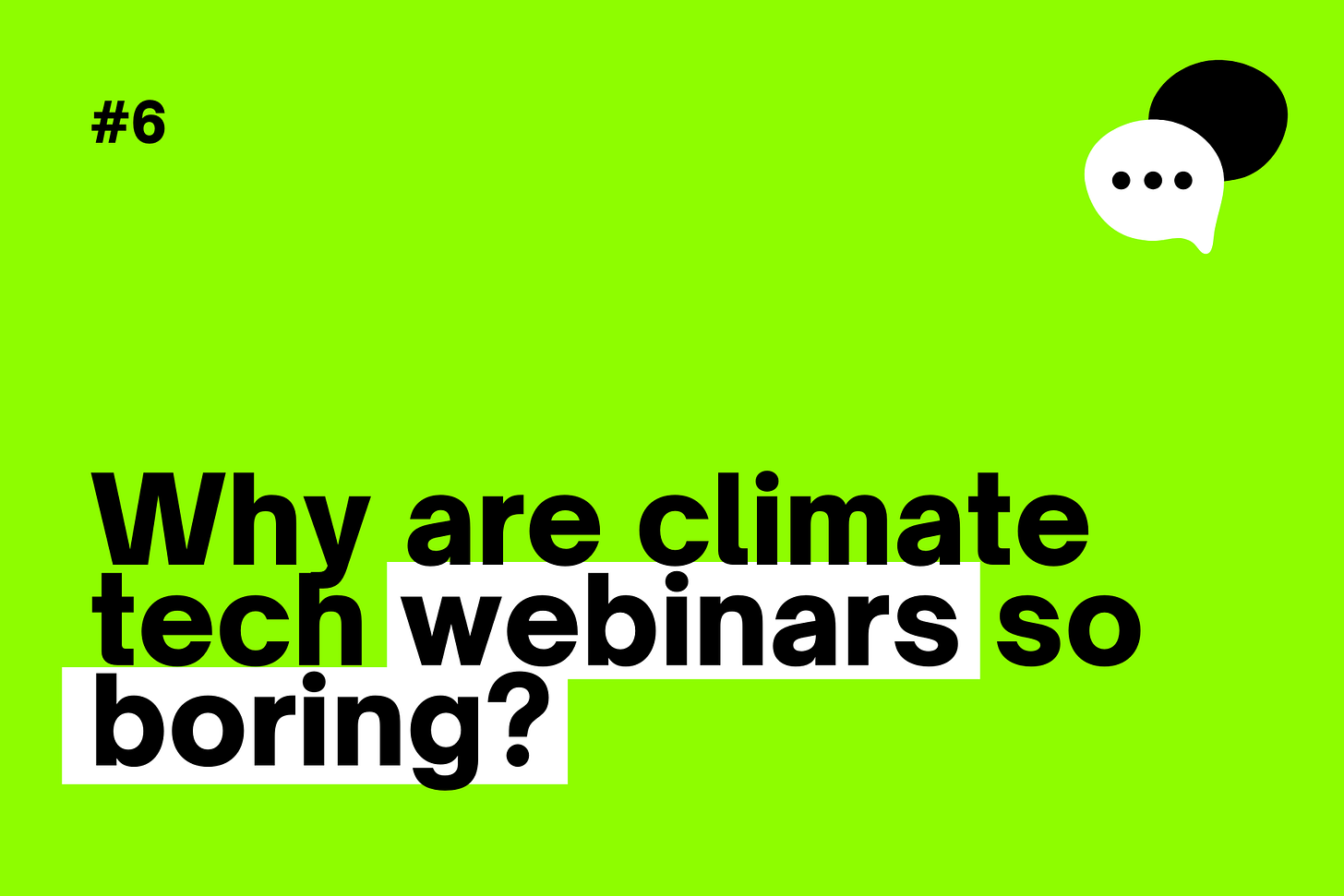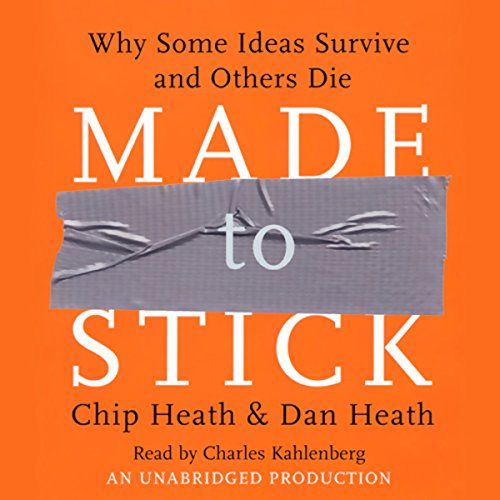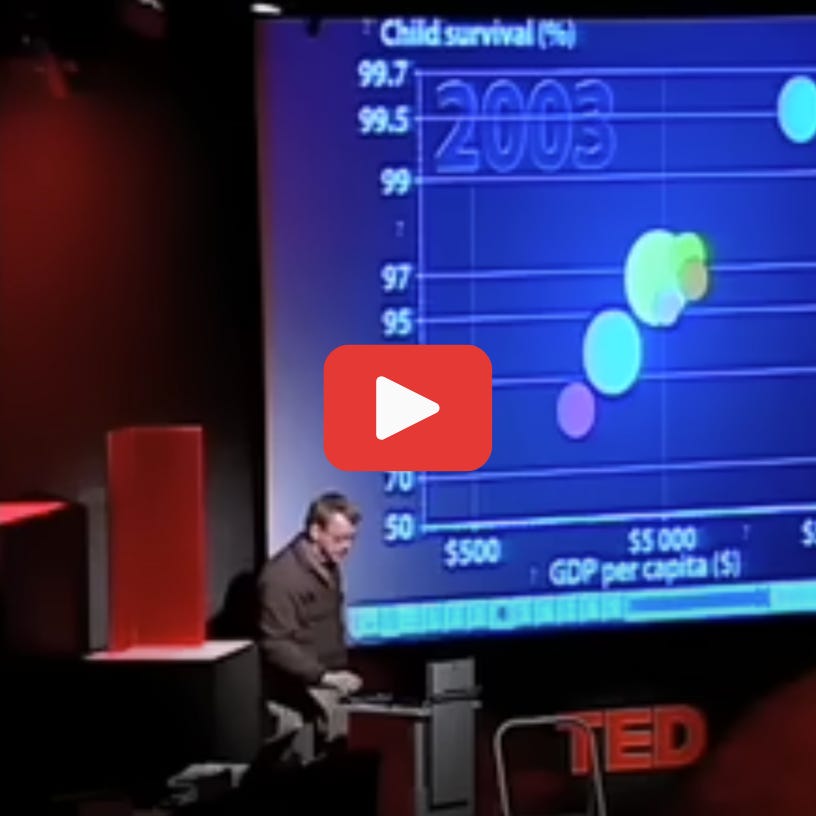Why are climate tech webinars so boring?
For all the buzz climate tech generates, most of our webinars are real buzzkills. What gives?
Hello friends,
If climate tech is so exciting, why are our webinars so boring?
We don’t know about you, but the two of us sign up for a lot of webinars — and more often than not, we end up dropping out part way through.
For all the buzz climate tech generates, most of our webinars are real buzzkills.
This week, we’re diving into the five golden rules of hosting B2B webinars that aren’t a total snooze fest. We’ll also explore new tactics to make your webinars memorable.
Content — Don’t forget the first rule of engagement.
The first rule of engagement: tell a good story.
Lean on anecdotes
Rather than opening with a bland agenda or a stiff introduction where the host reads a speaker’s corporate bio straight from their notes, try having your speakers or hosts open with a relevant story or anecdote.
Give data emotional resonance
For most of us, numbers are boring, hard to remember, and often, difficult to conceptualize. Consider framing numbers visually or contrasting two sets of numbers to tell a story. Here’s an example:
If present trends continue, by 2050, there will be 12 billion metric tons of plastic in landfill. That means more waste plastic than fish in the sea.
Apply a narrative arc to your webinar’s structure
For webinars focused on products, narrative arcs can stay at the broader level ( how a product solves broader market problems) or zoom in to a customer level (how your product transforms the customer’s world). For other types of webinars, think about how your update or information fits into the broader context and zoom in on cause and effect. Perhaps you present the effect (‘look what we’re seeing’), create tension by building up questions in your audience’s mind (‘why is this happening?’), and then reveal the cause.
Helpful resources
Speakers — Don’t let robots host your webinar.
ChatGPT isn’t the only robot problem we have right now — robotic webinar speakers are a close second. Speakers make or break your webinar in three ways.
Out with the scripts
Please do not script your webinar word-for-word. Let your presenters have bullet points and nothing more. There is truly nothing more monotonous than an untrained speaker reading from a script.
Bring on the charm
Some people just don’t have a whole lot of on-camera charisma. Think hard about who is the best person for the ‘speaking’ job — it’s not necessarily your most credentialed team member.
Invest in your assets
If you do want your scientific or technical SMEs to be the key speakers in your webinars, invest in media or public speaking training. It’s not something on most marketers’ radars, but it can be worth its weight in gold.
Visuals — Don’t turn your slides into a high school textbook.
It’s so easy to get slides wrong. They have one job: to support, and not distract, from your speakesr.
Watch some of the most popular TED Talks and you’ll notice a common theme: the best slides have just one concept at a time. Whether it’s a single line or a single graph with the key point highlighted, make sure your slides show just one thing.
And we know you know this, but you shouldn’t be whipping up these slides yourself in Google Slides. Get your designer on the task — yesterday.
Helpful resources
Audience — Don’t hog the conversation.
Ultimately, an engaging webinar is not about your brand or your speakers. It’s about your audience. But many (most!) of the webinars we attend are incredibly one-sided — a faceless room of anonymous attendees getting lectured by experts.
But the climate tech community loves to network. Why not frame your webinar as an opportunity to do just that?
Allow for public and private chats, offer live polling, and consider encouraging attendees to introduce themselves in the chat, share their LinkedIn profiles, and perhaps even join a LinkedIn group to discuss and collaborate pre- and post-event.
Attention spans are short, and they’re even shorter for people who aren’t physically in the room with you. Challenging the audience is one effective way to keep people engaged. Could you incorporate exercises, pop quizzes, or comprehension checks?
Distributions — don’t launch to an empty room.
People need to be convinced of the value of your webinar in order to show up on the day. According to Gitnux, only 28% of people who sign up for webinars will actually attend.
So do not skimp on pre-webinar promotion. The goal is to give prospective attendees FOMO. Be crystal-clear about what attendees will learn and how it will give them a competitive edge. Some suggestions:
Create engaging social media teasers
Consider co-hosting/collaborating with peers for enhanced credibility and wider reach
Encourage speakers to share with their network
Send reminders that create intrigue (a week before, the day before, 15 min before)
Consider hosting webinars at regular intervals, or even creating a “series” so people grow to expect and look forward to them
Give them more than one reason to attend.
Make it clear your presentation will be information-rich and practical
Frame your webinar as a networking opportunity
Consider offering something tangible they can walk away with, perhaps an engaging 1-pager or graphic that summarizes the information covered, or exclusive access to a private Google Sheet database
The name you choose matters. Make it clear, make it specific, and if you can, make it fun. We liked the name of a recent webinar from Pachama on biodiversity: Carbon and Creatures. If you opt for a fun title, you follow it up with an ultra-clear subhead.
The takeaway?
Most webinars are boring. But they don’t have to be.
And that means…
With the right mix of speaker preparation, slide design, audience interaction, and an overarching focus on storytelling, you can keep people in their seats for far longer.
The challenge ahead:
Well, finding that right mix. But if climate tech marketers can remember the five golden rules laid out above, they’ll be on their way to creating immersive, interactive, and memorable webinars that convert.







